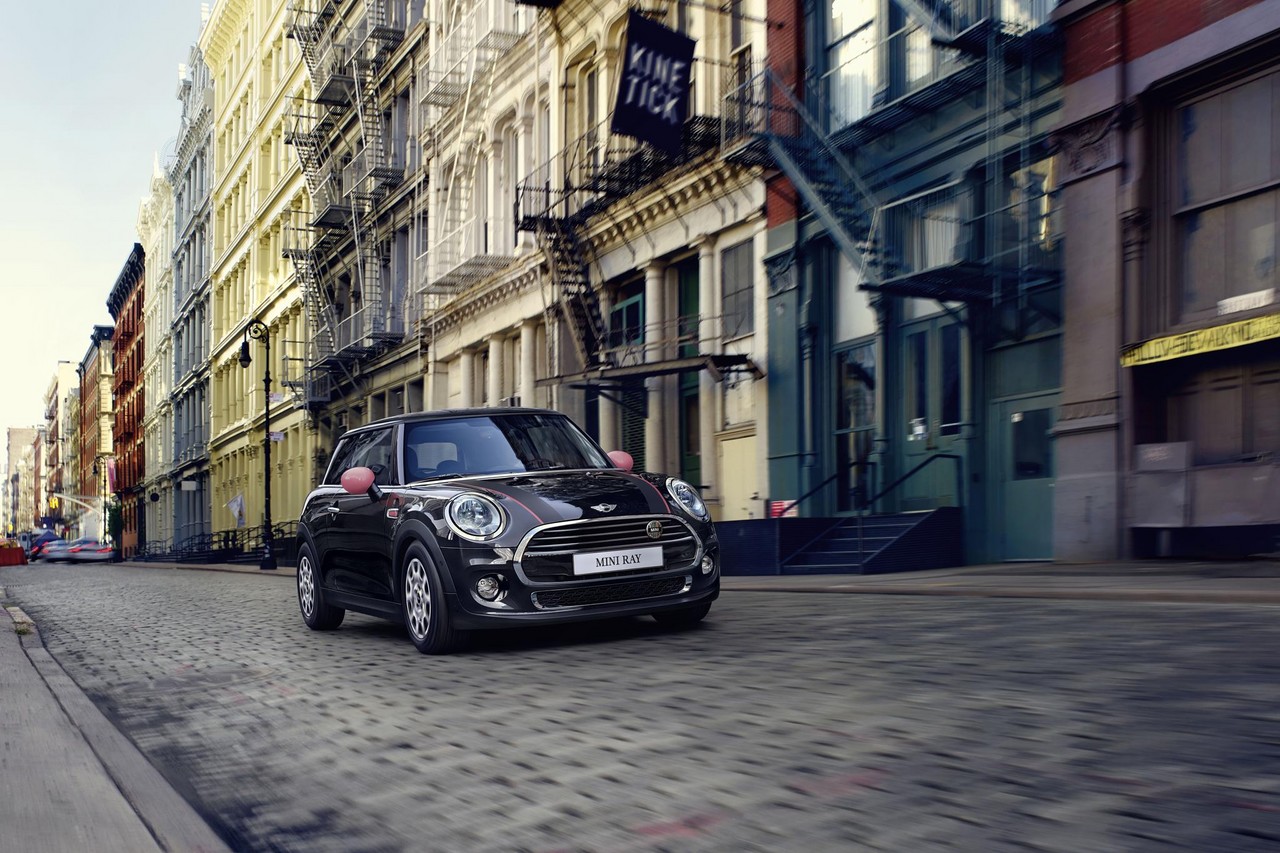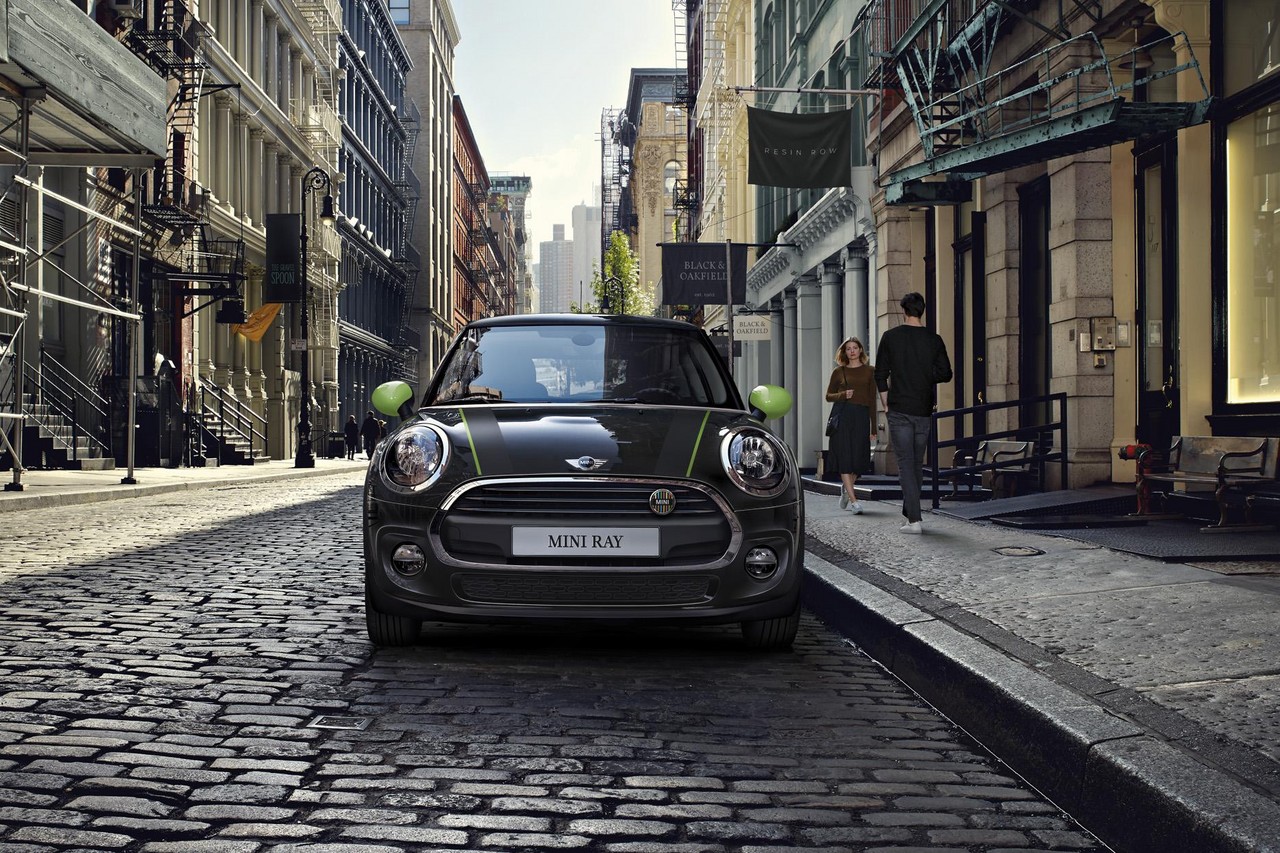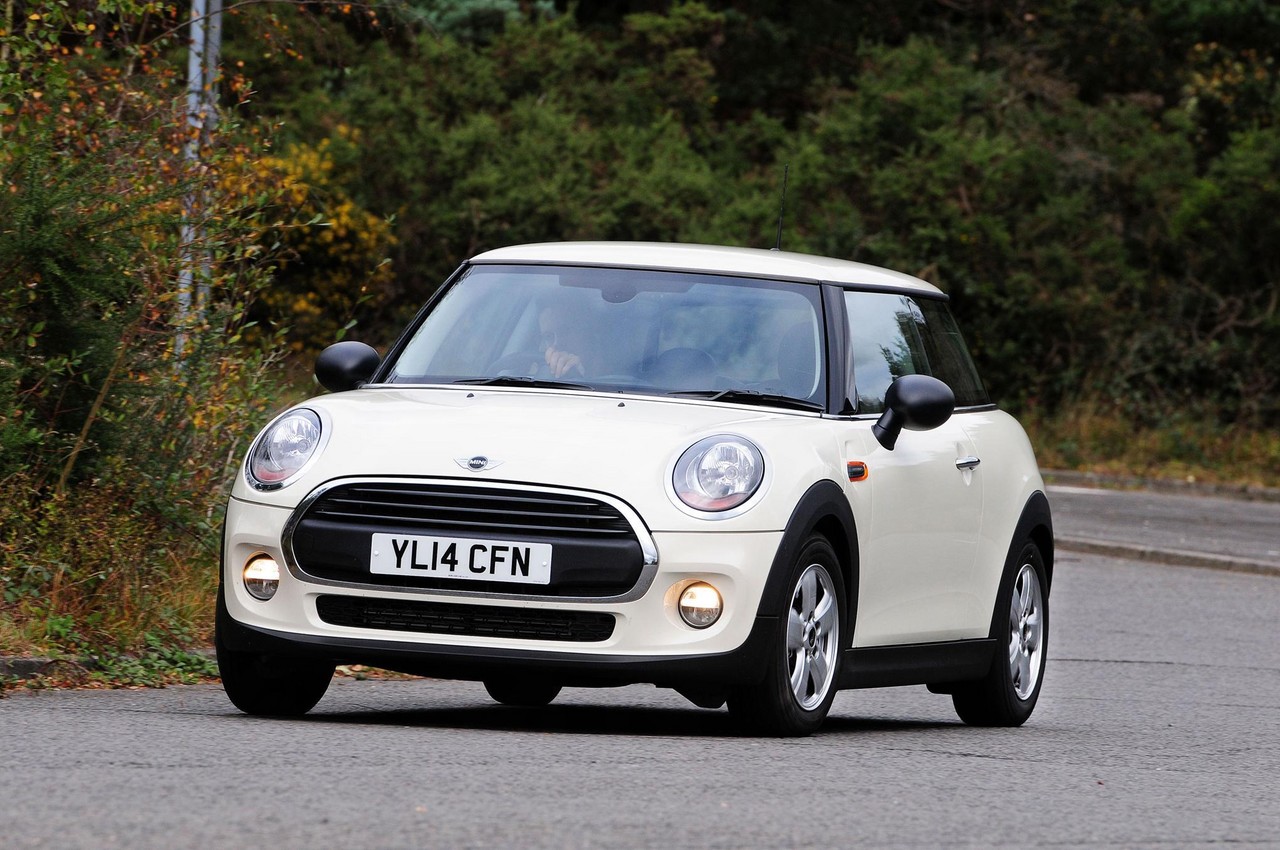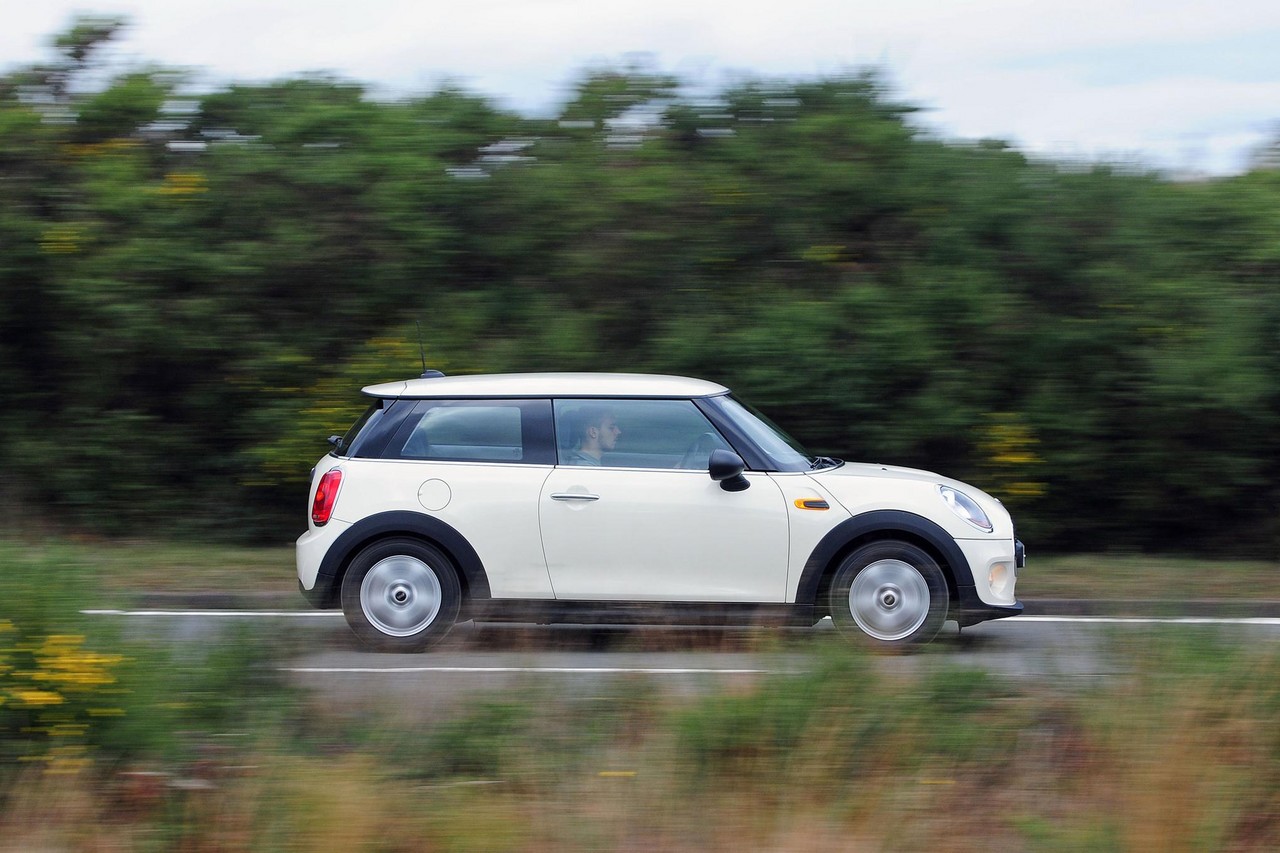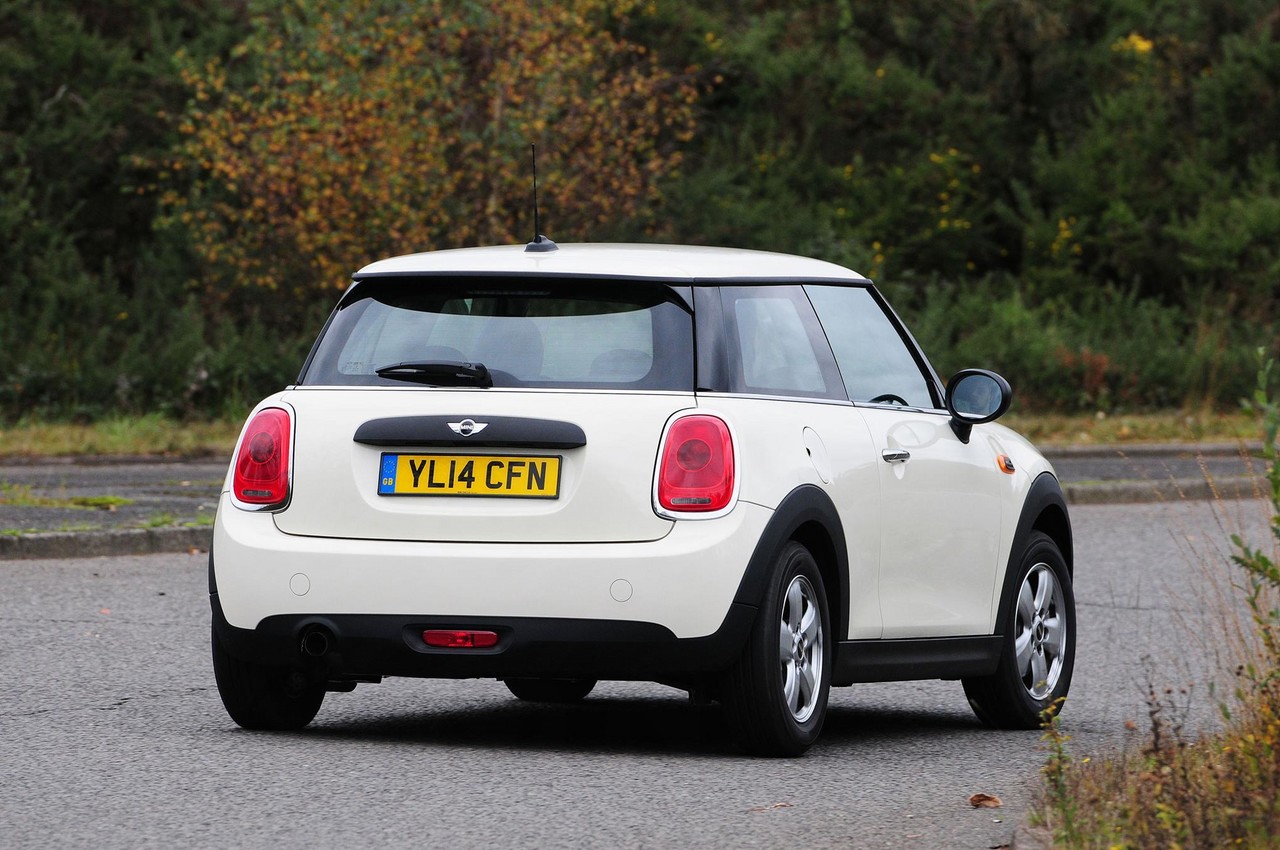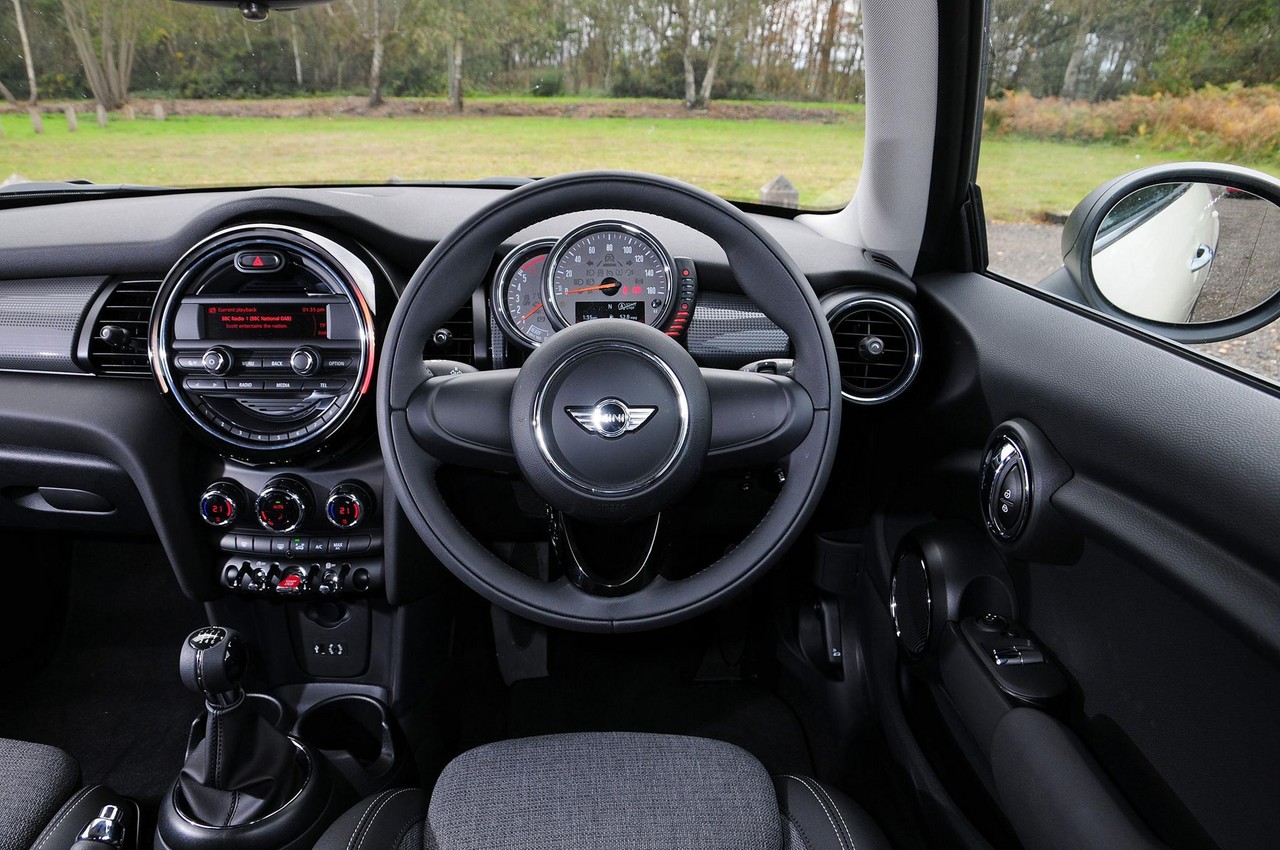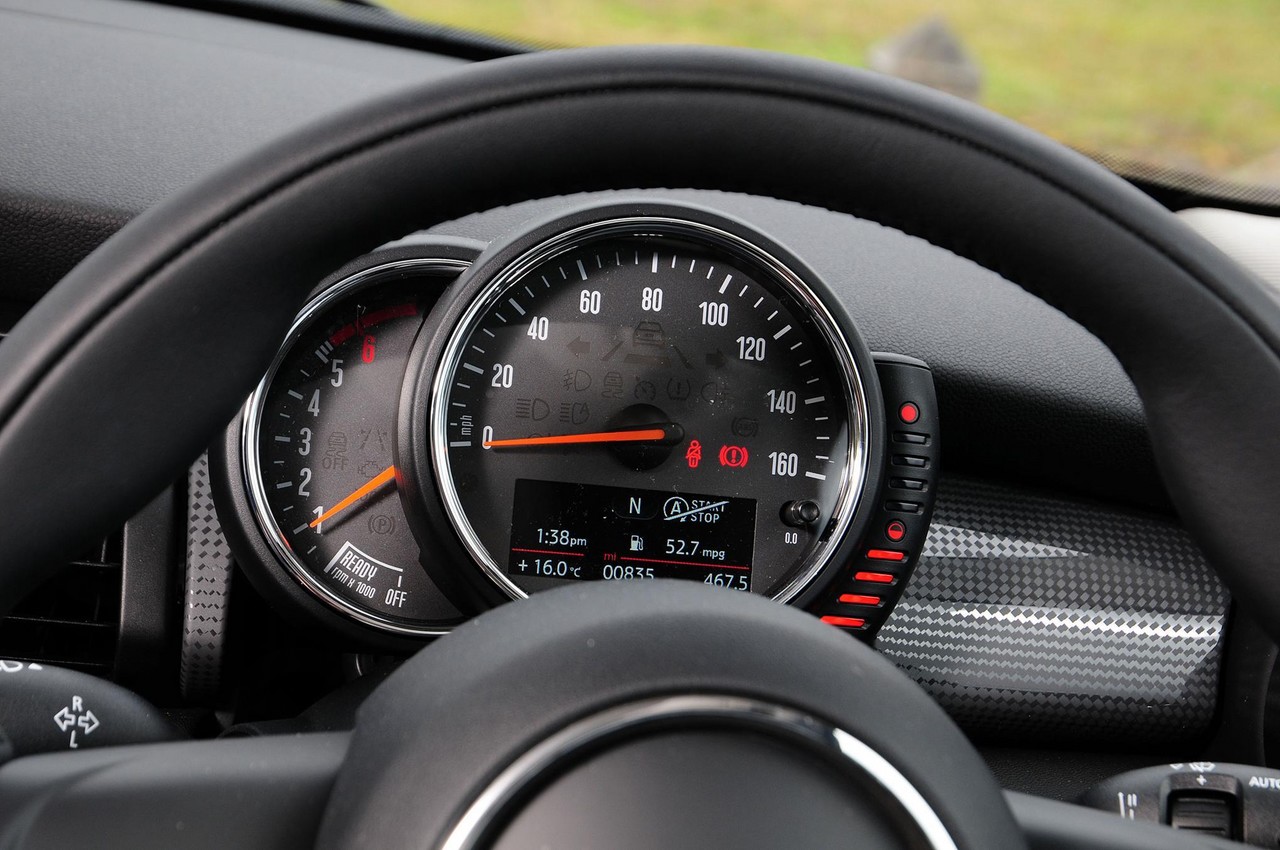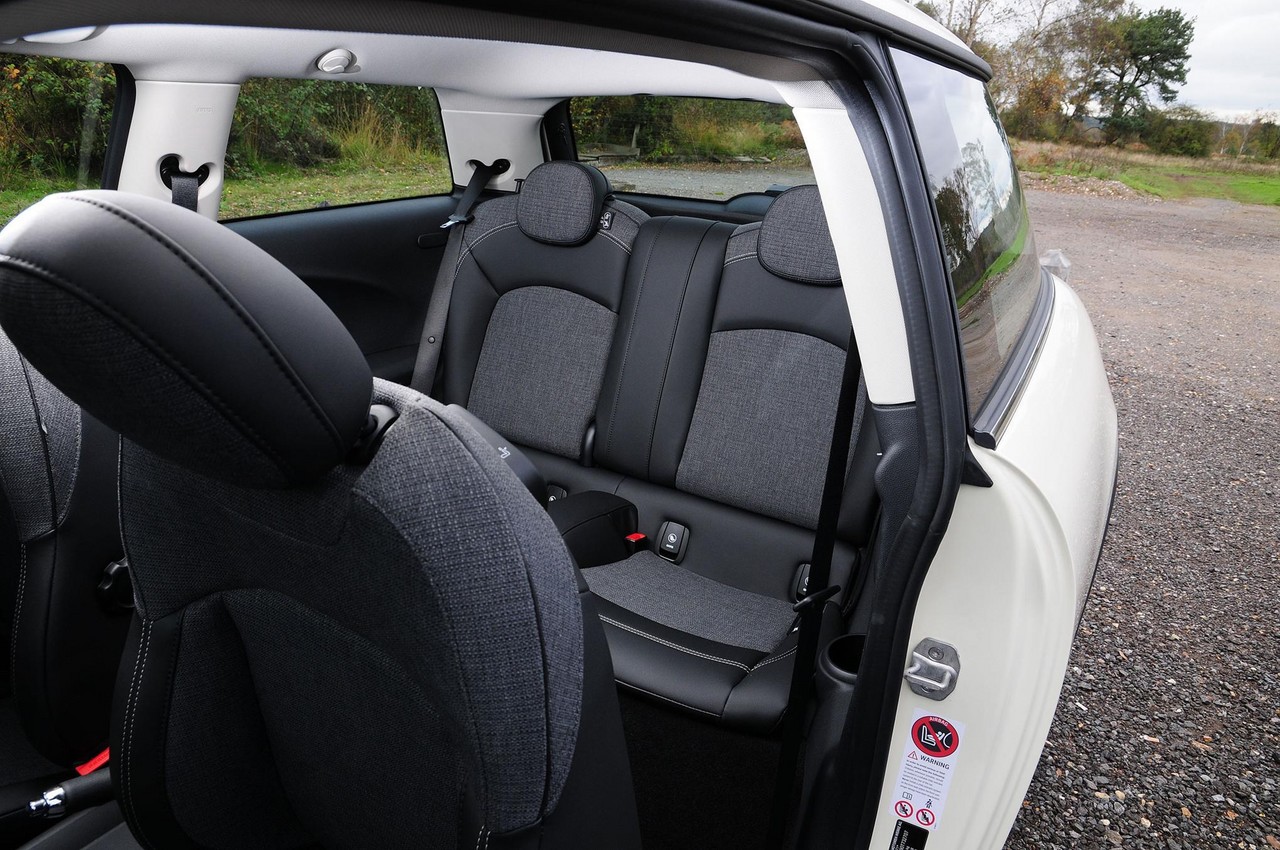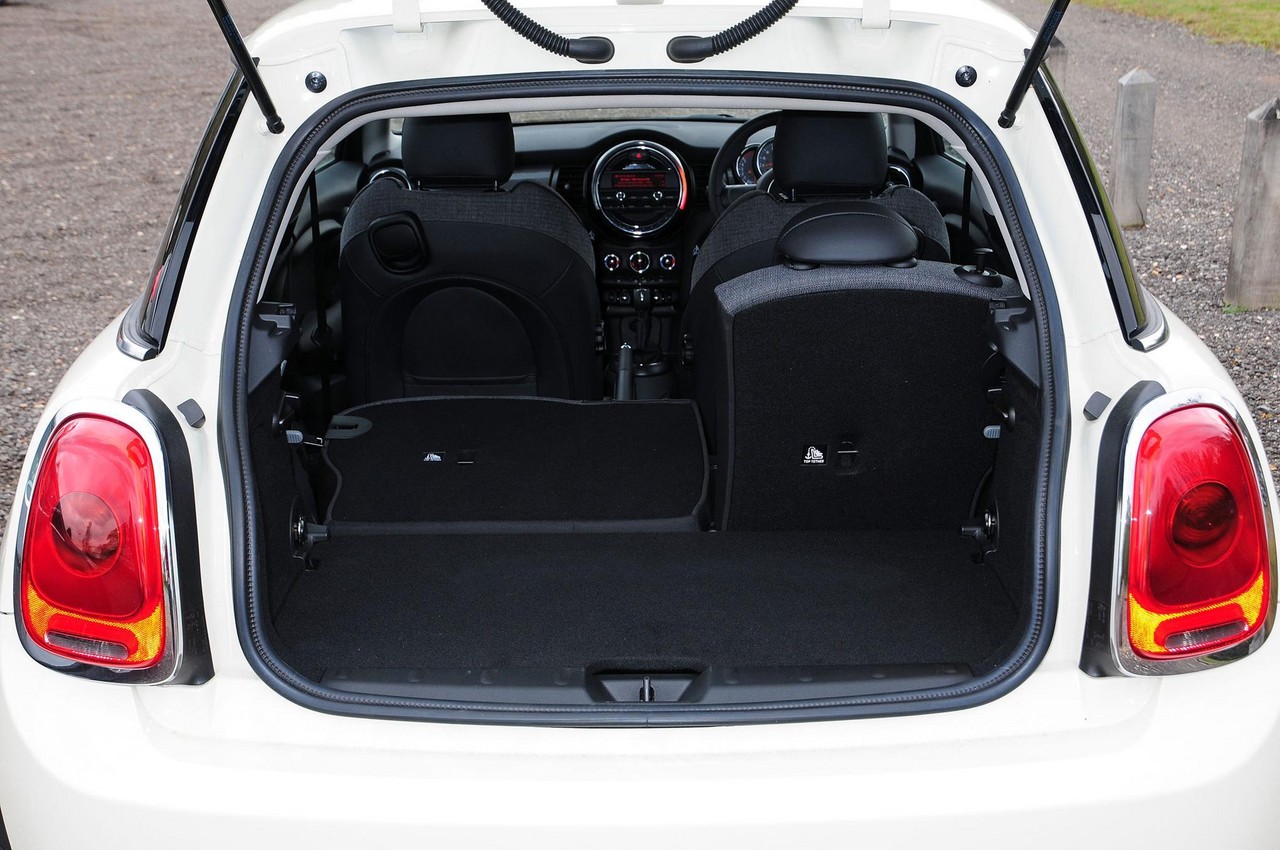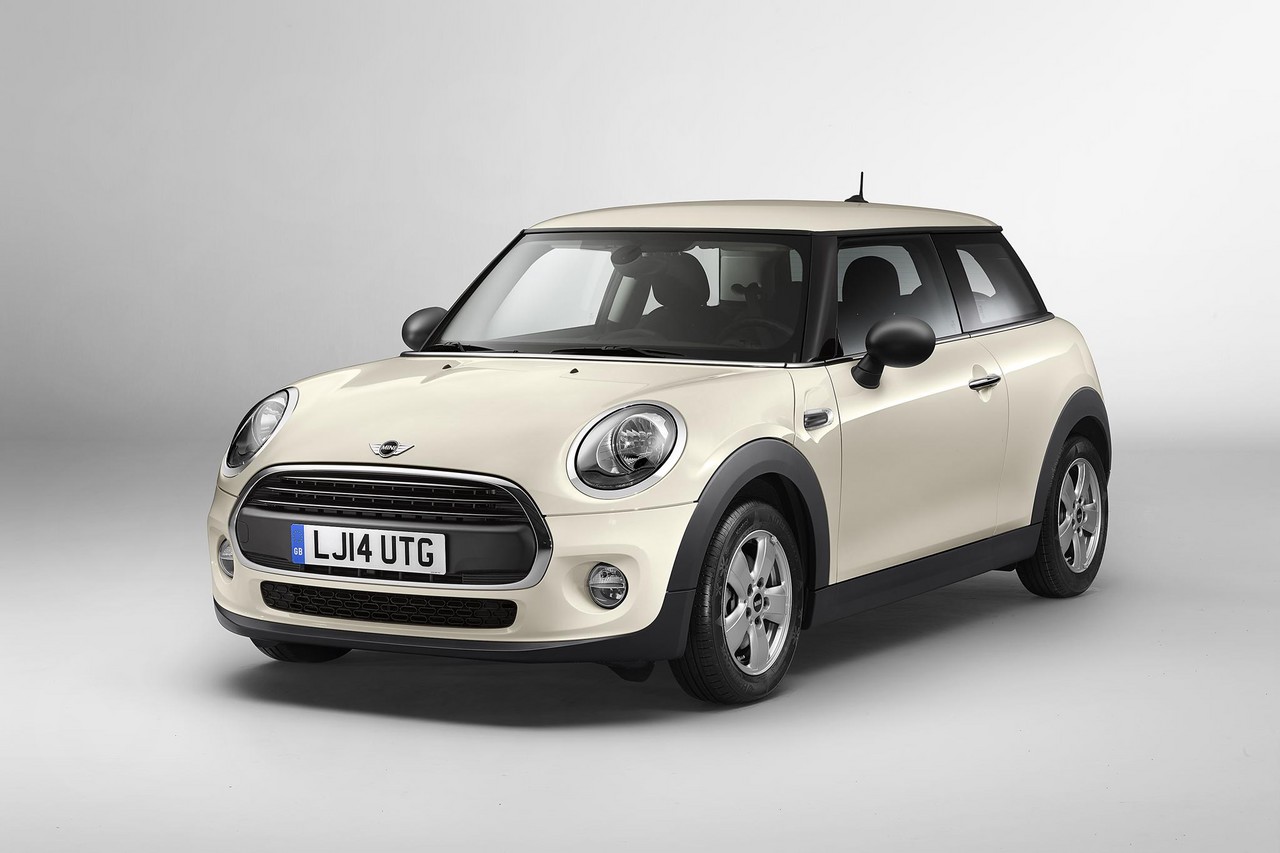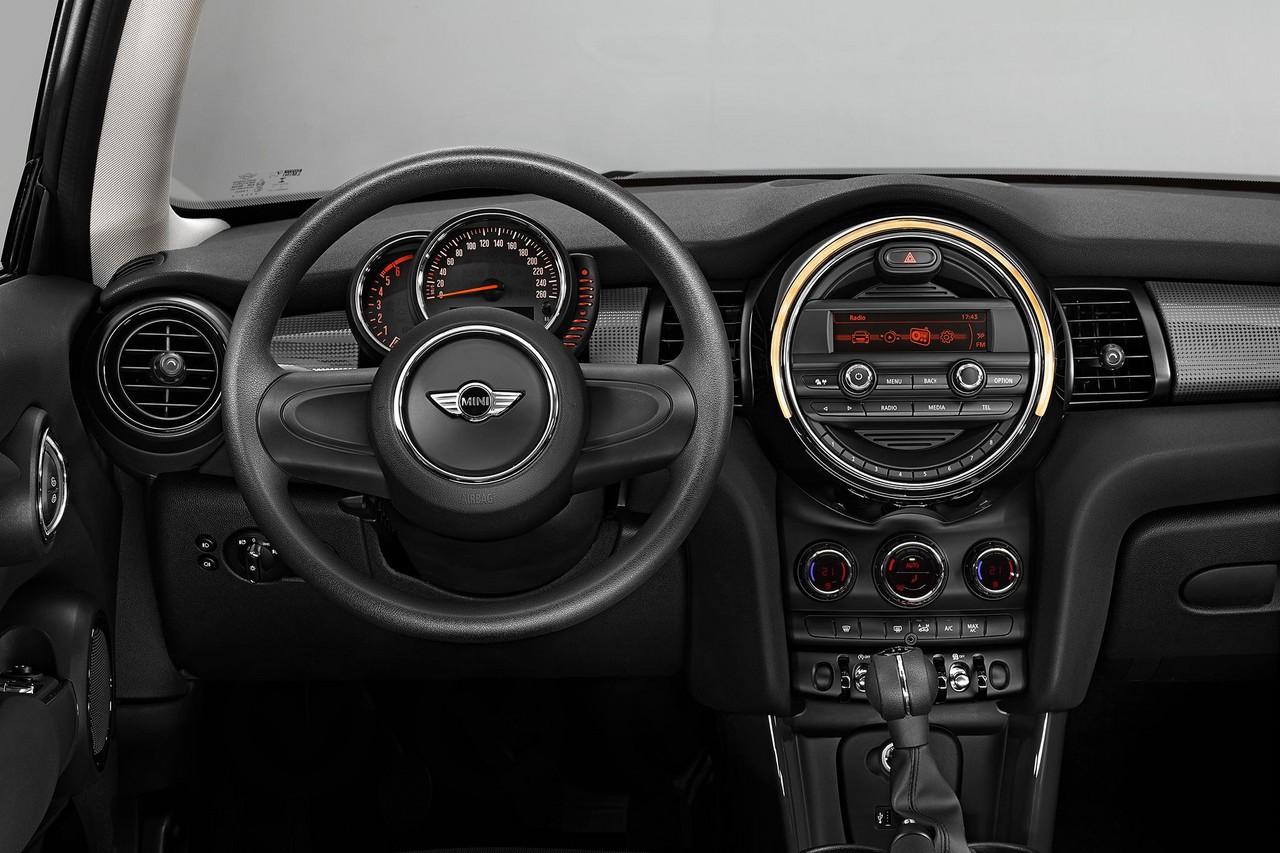
- Willing 1.2-litre turbocharged B38 engine
- Excellent dynamics
- Sensitive steering with sharp turn-in
- Firm ride
- Thicker front pillars reduce forward visibility
- Cabin lacks sound insulation
- In-cabin rattles and vibrations for some examples
Overview
Released in Australia in August 2016, the MINI F55 and F56 Ray were offered in five- and three-door bodies, respectively. Manufactured in Cowley, England, the front-wheel drive MINI Ray was powered by a 1.2-litre turbocharged three-cylinder petrol engine that was mated to either a six-speed manual or automatic transmission. Upon its release, the MINI Ray effectively replaced the MINI F55/F56 One .
B38B12 Engine
The 1.2-litre B3B12 three-cylinder turbocharged engine had an alloy block and cylinder head, direct fuel injection, double overhead camshafts, four valves per cylinder, variable intake and exhaust valve timing (‘double VANOS’) and a compression ratio of 11.0:1. To reduce fuel consumption, the B38B12 engine had an ‘Automatic Start/Stop’ function which enabled the engine to shut down when the vehicle was stationary.
| Engine | Trans. | Peak power | Peak torque | |
|---|---|---|---|---|
| Mini Ray |
1.2-litre B38B12 turbo petrol I3 | 6sp man., 6sp auto |
75 kW at 4250-6000 rpm | 180 Nm at 1400-4000 rpm |
Dimensions
Compared to the MINI R56 Ray , the three-door F56 Ray was 98 mm longer (at 3821 mm), 44 mm wider (1727 mm), 7 mm taller (1414 mm) and had a 28 mm longer wheelbase (2495 mm). Inside, luggage compartment volume increased by 51 litres to 211 litres and an optional storage package included a double load compartment floor.
Relative to the three-door F56 Ray, the five-door F55 Ray was 161 mm longer (at 3982 mm), 11 mm taller (1425 mm) and had a 72 mm longer wheelbase (2567 mm); luggage space also increased by 67 litres to 278 litres.
Steering and suspension
The MINI F55/F56 Ray had a single-joint MacPherson spring strut front axle with aluminium swivel bearing and a multi-link rear axle with trailing arms. Furthermore, the MINI Ray had rack-and-pinion steering with speed-sensitive electric assistance.
Safety equipment
Standard safety equipment for the MINI F55/F56 Ray included dual front airbags, front side airbags, full length curtain airbags, ABS, electronic brake force distribution, brake assist, electronic stability control, traction control, corner braking control and front seatbelts with pretensioners and load limiters.
The MINI Ray was also fitted with an active bonnet which, in the event of a pedestrian collision, triggers a pyrotechnic mechanism to raise the bonnet. By creating additional deformation space with hard points in the engine bay, the active bonnet reduces the risk of pedestrian injury.
Euro NCAP testing
In Euro NCAP testing , the three-door Mini F56 Cooper received a four star safety rating which included a 79 per cent adult occupant protection rating and a 73 per cent child occupant protection rating. In the offset crash test, protection of the driver’s head, thighs and feet were rated as good, while chest and lower leg protection were rated as adequate (i.e. a slight risk of serious injury); front passenger protection was rated as good for all areas. In the side impact test, forces were transmitted to parts of the crash test dummy that were not representative of a human body and the chest protection score was therefore downgraded from good to marginal; loads on the abdomen also indicated marginal protection. In the pole test, protection of the driver’s chest and abdomen were rated as adequate.
Features: MINI Ray
Standard features for the Mini Ray included 15-inch steel wheels with 175/65 R15 tyres, a four speaker sound system with auxiliary inputs (3.5 mm/USB), Bluetooth mobile phone connectivity and audio streaming, air conditioning, ‘Cloth Firework’ upholstery, a rear fog light, split and folding rear seats, remote central locking, power adjustable and heated mirrors, power mirrors, tilt and telescopic steering wheel adjustment, a height adjustable driver’s seat, push-button start, a 12 volt power socket, a trip computer and an immobiliser.
The MINI Ray was available in Pepper White or Midnight Black paint finishes and, relative to the MINI F55/F56 One, while visual cues included its clear indicator lenses, unique door mirror covers, bonnet stripes, side scuttles and ‘Ray’ badge.
Related links
